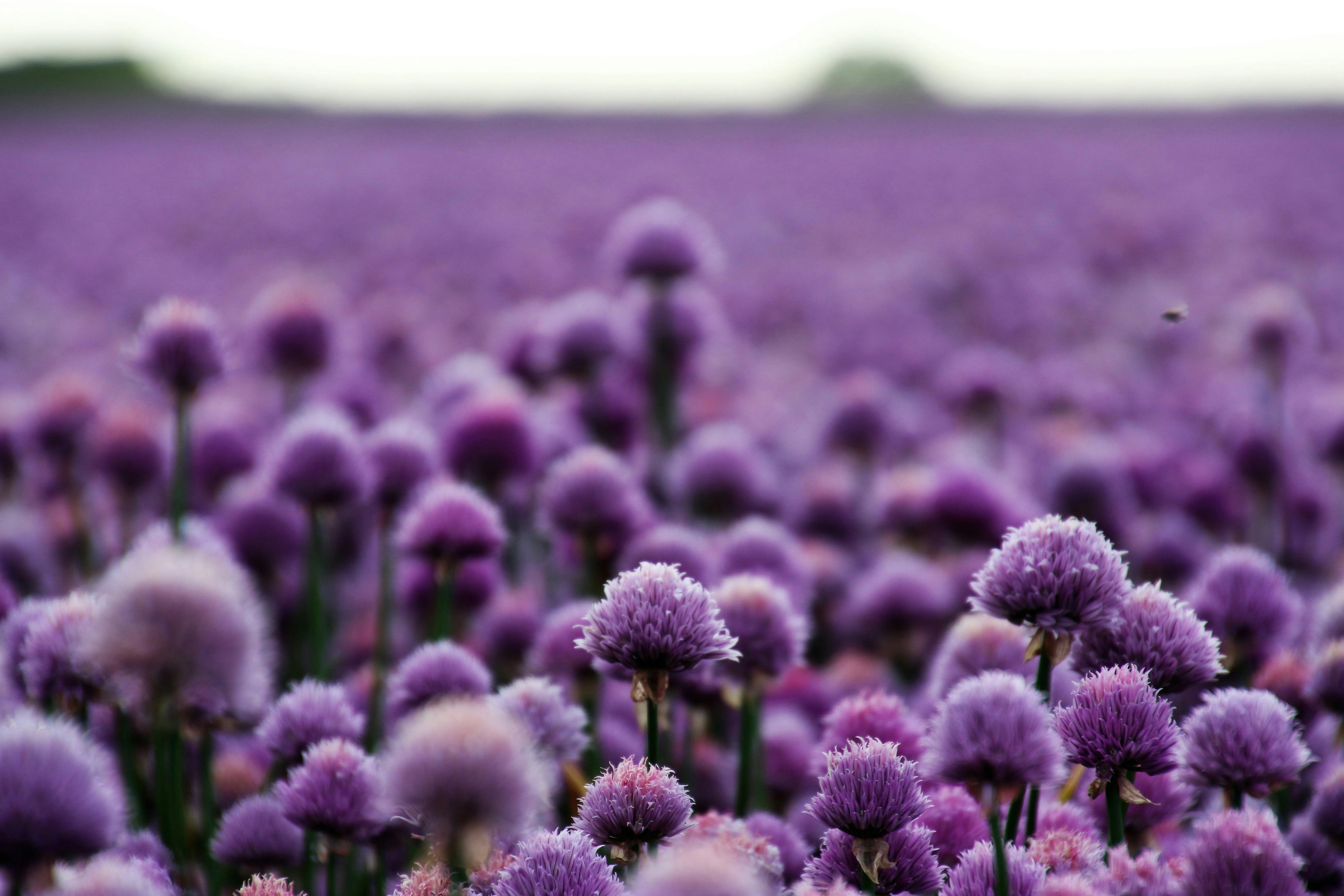Welcome to my garden! I’m so excited to show you around and share with you how my garden grows. As a passionate gardener, I take great pride in the care I put into nurturing my plants and flowers. From selecting the right soil, to choosing the perfect plants for my space, to pruning and weeding regularly – every step is important for creating a beautiful, vibrant garden. With some patience and dedication, I’m confident that anyone can create a gorgeous garden of their own.1. Start by clearing the garden of any debris, weeds, or existing plants.
2. Amend the soil with organic matter like compost or aged manure to improve fertility and drainage.
3. Rototill or spade the soil to a depth of 8-10 inches and level it out.
4. Take a soil sample and test it for pH levels, nutrient content and other factors that may affect plant growth.
5. Make adjustments to the soil based on the results of your soil test.
6. Mark out where you want to plant your plants using stakes or string
Types of Soil to Use in Your Garden
Soil is an important part of any garden, and there are a variety of different types available. The type of soil you use can have a major impact on the health and growth of your plants, so it’s important to choose the right type for your garden. Here are some of the most common types of soil to use in your garden:
Clay Soil: Clay soil is heavy and dense, making it great at holding moisture and nutrients. It won’t drain very quickly, however, so it
The Benefits of Composting
Composting is an excellent way to reduce waste and create a nutrient-rich soil for your garden. It doesn’t take much effort and it’s really easy to do. Composting also helps to reduce greenhouse gas emissions that are released when organic matter breaks down in landfills.
Composting helps improve the soil structure and adds organic material in the form of compost. This can help provide a better environment for plants to grow and thrive, as well as help retain moisture
Choosing the Right Plants for Your Garden
When it comes to cultivating your garden, selecting the right plants for your climate and soil type is one of the most important steps. Knowing what plants are best suited to your area can make a huge difference in both the success and beauty of your garden. In order to get the most out of your gardening experience, it’s essential to understand which types of plants thrive in your local climate and soil conditions.
When selecting plants for your garden, take into consideration a few key factors such as sunlight, water,
https://images.pexels.com/photos/15050745/pexels-photo-15050745.jpeg
1. Select the Appropriate Plant
When planting in your garden, it is important to select the right plant for the right spot. Consider the amount of sun and shade that your area receives and make sure to choose plants that are suitable for those conditions. Additionally, be mindful of the soil type in which you are planting as some plants may need more moisture or nutrients than others. Researching different types of plants and their ideal growing conditions will help you make an informed decision when selecting a plant for your garden.
2

Watering Your Garden Plants
Watering your garden plants is essential to their health and growth. Proper watering helps ensure that the plants are able to absorb the essential nutrients they need from the soil and to prevent them from drying out. The amount of water needed will vary depending on the type of plant, the size of the pot, and other environmental factors such as temperature, humidity, and wind. Additionally, it’s important to understand that not all plants need to be watered every day; some may require more frequent watering than others.
Soil Nutrient Additives
Soil nutrient additives are substances that are added to the soil to improve its nutrient content. These additives can be either natural or synthetic, and can help provide essential nutrients such as nitrogen, phosphorus, and potassium. Using soil nutrient additives is one way to ensure that your soil is healthy and well-nourished. By providing these important nutrients, you can help your plants grow more vigorously and produce better yields.
Types of Soil Nutrient Additives
There are
Organic Pest Control Solutions for Your Garden
Organic pest control solutions are the best way to protect your garden from unwanted pests without using harsh chemicals or pesticides. Organic pest control can be achieved through a variety of methods, including natural predators, companion planting, and hand-picking.
Natural predators can be used to keep your garden safe from pests. Ladybugs and praying mantises are two of the most popular natural predators used in organic pest control. Ladybugs naturally feed on aphids, while praying mantises feed on a variety of

Conclusion
Having your own garden is an incredibly rewarding experience. It allows you to connect with nature, enjoy the beauty of your plants, and reap the benefits of fresh fruits and vegetables. To ensure that your garden grows healthily and successfully, it is important to consider the type of soil, water, sunlight, and other elements necessary for plant growth. Additionally, using natural pest control methods can provide a safe environment for your plants while protecting the environment. With careful planning and maintenance, you can enjoy a flourishing garden that will bring many joys.
